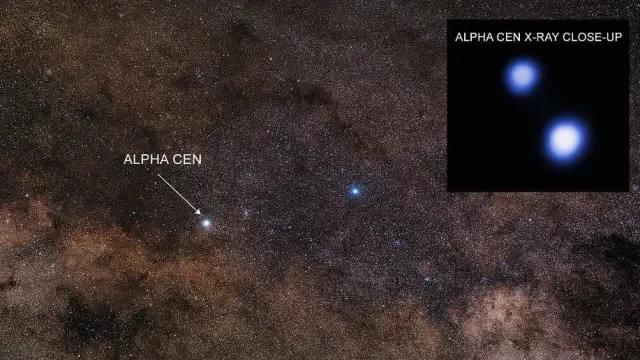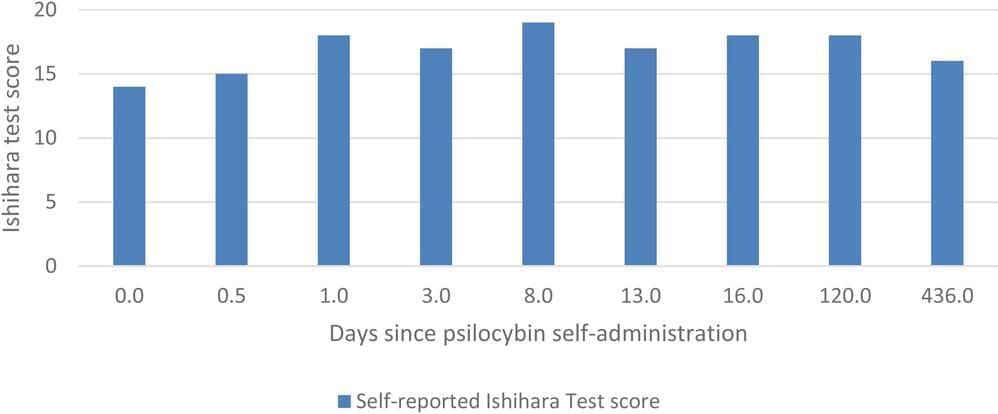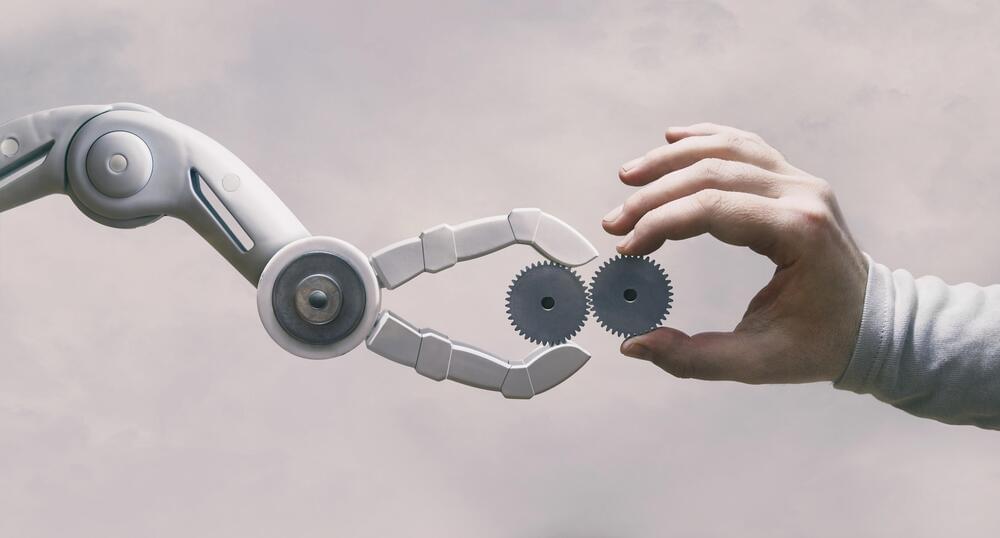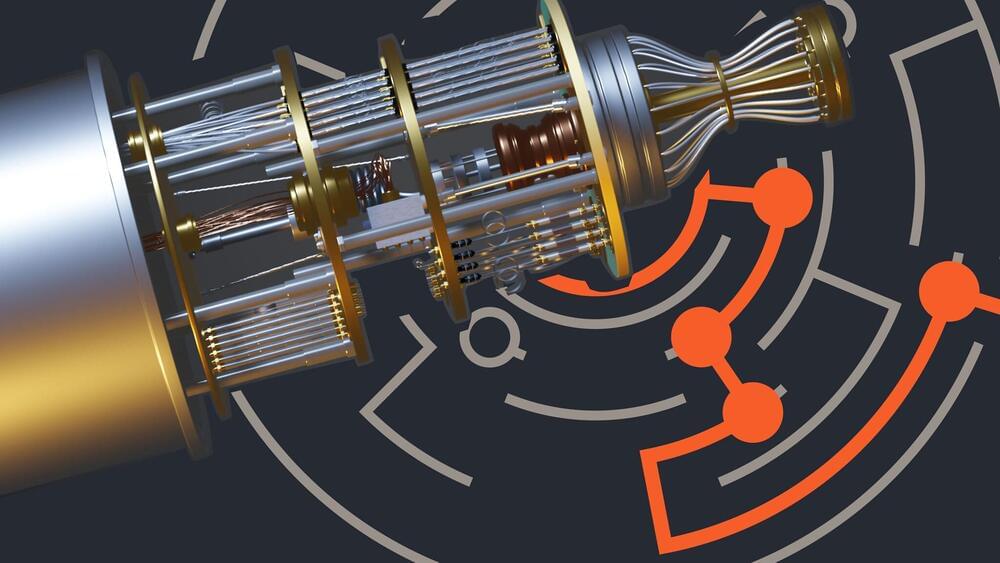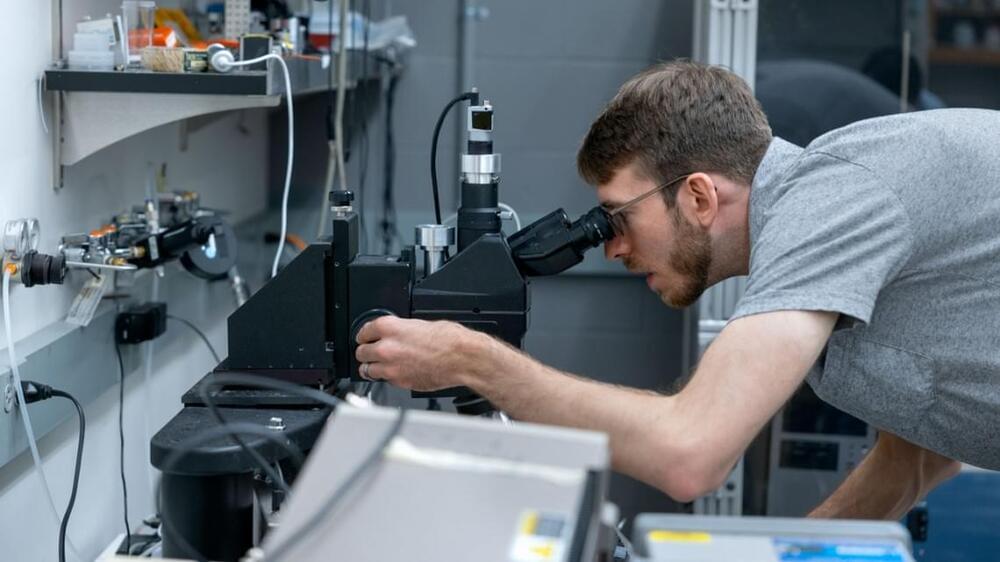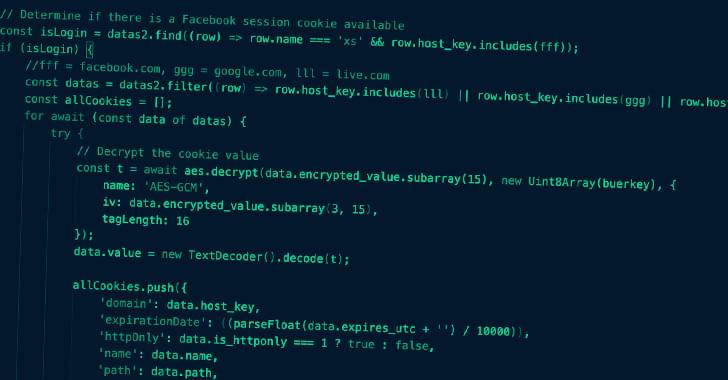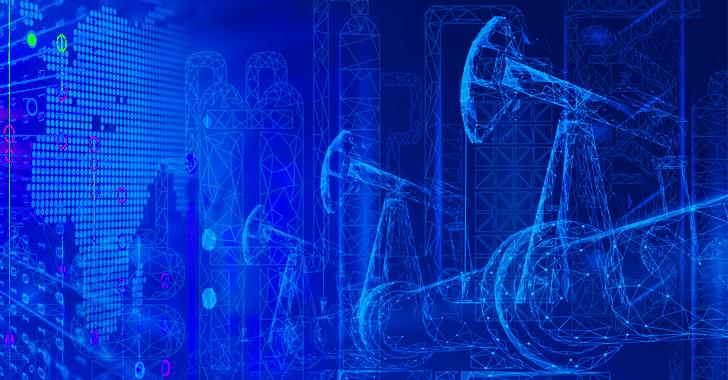Midjourney 5.1 has been released, bringing another significant improvement in the quality of results from the generative AI art service. The company claims that version 5.1 of the engine is “more opinionated”, bringing it closer to the kind of results that you would get with version 4 of Midjourney, but at a higher quality. There’s also a “raw” mode, for those who don’t want images that are as strongly opinionated.
Other claimed improvements include greater accuracy, fewer unwanted borders or text artifacts in images, and improved sharpness.
See how Midjourney 5.1 delivers another huge improvement to the AI art service’s results with our test images.



